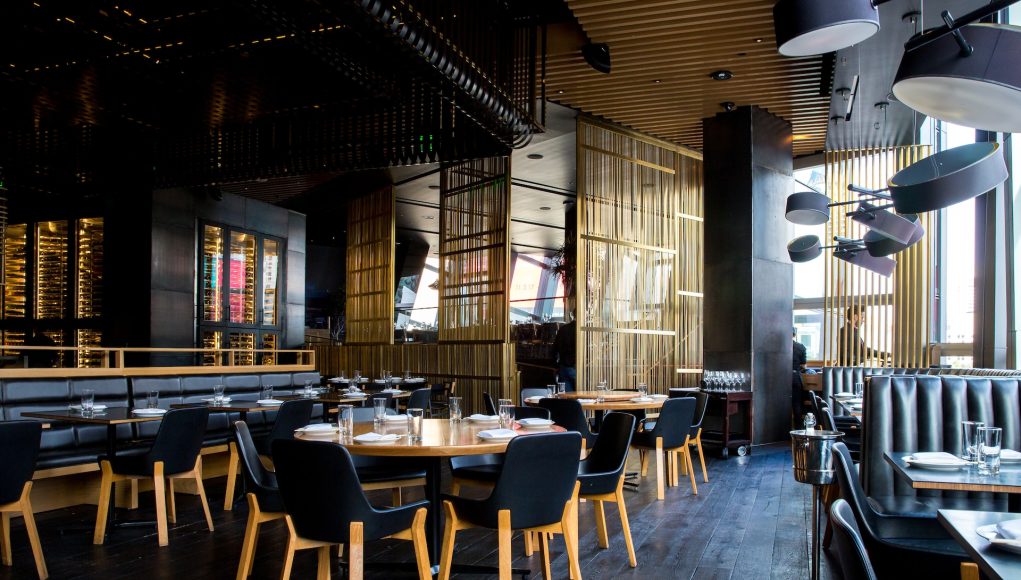The restaurant industry is a dynamic and complex field that involves a delicate balance of culinary mastery, exceptional customer service, and efficient management. Behind the scenes, there are numerous secrets and strategies that contribute to the success of a restaurant. Understanding these industry insights can provide restaurant owners, managers, and even enthusiastic diners valuable knowledge. Here are some of the secrets that make the restaurant industry thrive.
Impeccable Customer Service
Exceptional customer service is a cornerstone of a successful restaurant. For instance, from the moment guests step through the door at urban-tandoor.com until they leave, every interaction is characterised by attentiveness, warmth, and efficiency. Staff training programs often focus on effective communication, conflict resolution, and the art of anticipating and fulfilling customer needs.
Strategic Menu Design
Behind every mouthwatering dish on a restaurant menu lies a careful strategy. Menu engineering involves the positioning of dishes, pricing, and the use of psychological tactics to influence customer choices. Items are strategically placed to encourage certain purchases, and the descriptions are crafted to evoke desire and appetite.
Ingredient Sourcing and Quality Control
The best restaurants prioritise ingredient sourcing and quality control. This often involves building strong relationships with local suppliers and farmers, ensuring the freshness and quality of the produce used in their dishes. Regular quality checks and strict adherence to food safety regulations are also vital aspects of maintaining the integrity of the ingredients.
Optimised Kitchen Workflow
A well-organised and efficient kitchen workflow is critical to the success of any restaurant. The kitchen staff work in harmony, each with their designated tasks and responsibilities. From food preparation to plating, every step is orchestrated to ensure that dishes are served promptly and with consistent quality.
Seasonal and Local Menu Offerings
Restaurants often capitalise on seasonal and local ingredients to create unique and fresh menu offerings. This not only supports local farmers and businesses but also allows the restaurant to offer dishes that are at the peak of their flavour and quality, thereby enhancing the overall dining experience.
Balancing Ambiance and Comfort
The ambiance and comfort of a restaurant significantly impact the dining experience. Factors such as lighting, music, interior design, and seating arrangements are carefully considered to create a welcoming and comfortable atmosphere that complements the cuisine and encourages guests to linger and enjoy their meals.
Inventory Management and Waste Reduction
Efficient inventory management is a secret to maximising profitability in the restaurant industry. Restaurants closely monitor inventory levels, minimise waste, and utilise creative menu engineering to use ingredients in multiple dishes. This approach not only reduces costs but also promotes sustainability.
Consistent Recipe Standardisation
Maintaining consistent taste and quality across all dishes is a mark of an excellent restaurant. Recipe standardisation involves creating detailed recipes and training staff to follow them meticulously, ensuring that every dish tastes the same, no matter who prepares it.
Attention to Dietary Preferences and Restrictions
With the growing awareness of dietary preferences and restrictions, successful restaurants are adept at accommodating various dietary needs. They offer diverse menu options, including vegetarian, vegan, gluten-free, and allergy-friendly dishes, ensuring that all guests can find something to enjoy.
Conclusion
The restaurant industry is a multifaceted world where attention to detail, creativity, and strategic decision-making are crucial for success. From impeccable customer service and strategic menu design to ingredient sourcing and staff training, the secrets of the restaurant industry underscore the dedication and passion that go into creating exceptional dining experiences for patrons. Understanding and implementing these industry insights can help restaurants thrive and maintain their competitive edge in an ever-evolving culinary landscape.
















